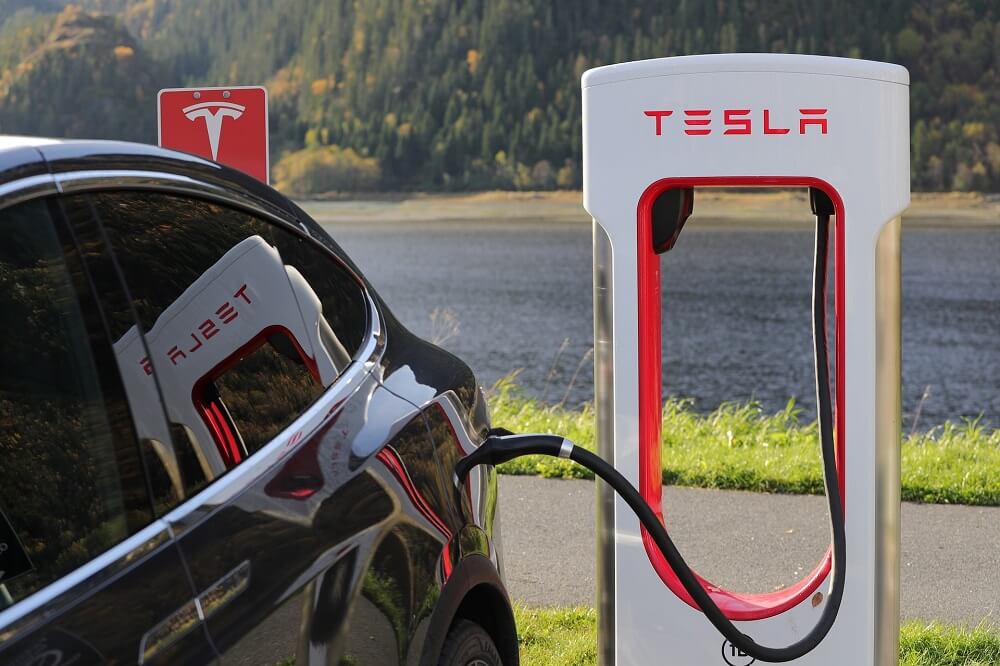Solar-powered Electric Vehicles (SEVs)

People are increasingly becoming aware of the need to switch from non-renewable fossil fuels to sustainable, clean, and green energy, which can be supplied by the sun in abundant quantities. Solar energy is especially reliable and can be used in households, manufacturing, transportation and shipping.
Traditional electric vehicles rely on the grid to recharge their batteries. Unfortunately, it is impossible to keep them running while charging simultaneously. As soon as the battery drains out, you will need to stop the journey and take the electric vehicle to a charging station.
The best and most affordable alternative to such electric vehicles is a solar-powered electric vehicle (SEV). It is a vehicle whose body (roof, hood, tailgate, trunk, and even doors) is covered with solar panels that can charge throughout the day without having to stop the vehicle.
Even during the extremely devastating outbreak of the global Covid-19 pandemic, the demand for solar-powered electric vehicles (SEVs) increased by a huge percentage, beating market expectations. Researchers, developers, and designers of solar-powered electric vehicles (SEVs) are now working tirelessly and admirably to meet this global demand.
Why Solar-Powered Electric Vehicles (SEVs)?
These are the advantages of using a solar-powered electric vehicle (SEV):
- Low cost of maintenance: In contrast to the commonly used petrol and diesel cars, solar-powered electric vehicles (SEVs) only need some upfront investment, with little maintenance.
- Minimum air pollution: Solar-powered electric vehicles (SEVs) do not emit greenhouse gases and have zero carbon emissions, even during the manufacture of the batteries.
- Eco-friendly material in the manufacturing of solar-powered electric vehicles (SEVs): The manufacturers of the batteries used in solar-powered electric vehicles (SEVs) have strict guidelines to follow. For example, they can only use renewable energy sources such as wind and solar.
Research has revealed some interesting facts on the manufacture of batteries. Just a couple of years ago, the carbon footprint from the manufacture of solar-powered electric vehicles (SEVs) batteries was three times more than it is today. Tesla is the best example of a manufacturer of solar-powered electric vehicles (SEVs) which only use renewable sources of energy during the manufacturing process.
The manufacturers of solar-powered electric vehicles (SEVs) also follow strict guidelines on the materials used. They can only use lightweight recycled material for the construction of any new products. This is something that was ignored in traditional electric vehicles, which mostly used plastic and metals that were heavyweight with a larger carbon footprint.
User-friendliness: There are two ways to keep your vehicle running. The first one is to recharge the batteries of your electric vehicle (EV) in a house completely powered by solar. This is the most cost-effective method of recharging your battery, but it is very time-consuming. The second best option is to invest in a solar-powered electric vehicle (SEV), with its own integrated solar panels.










